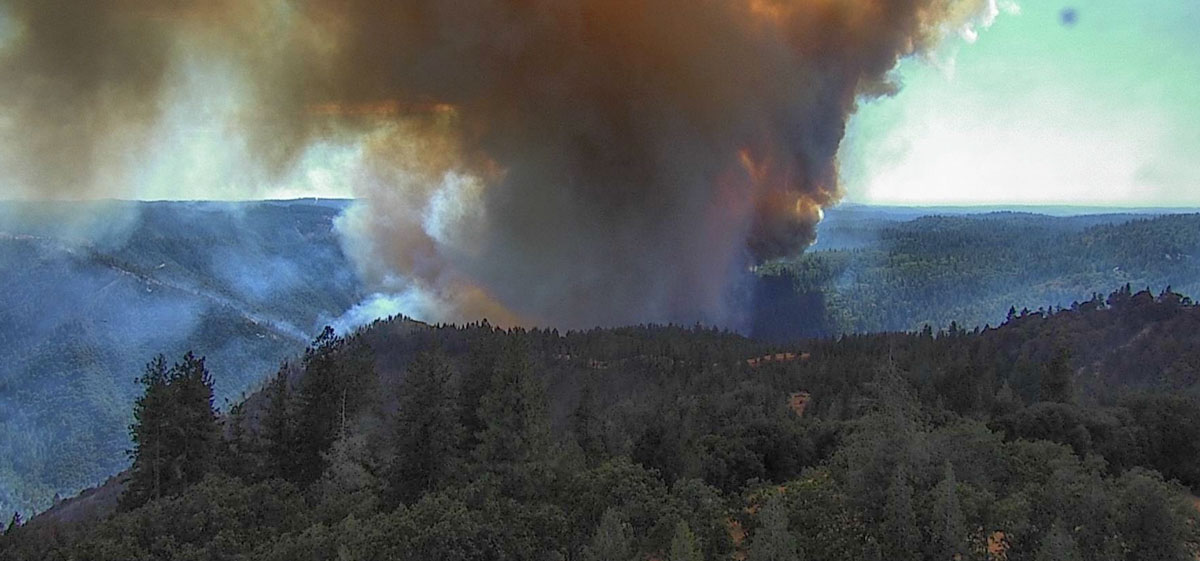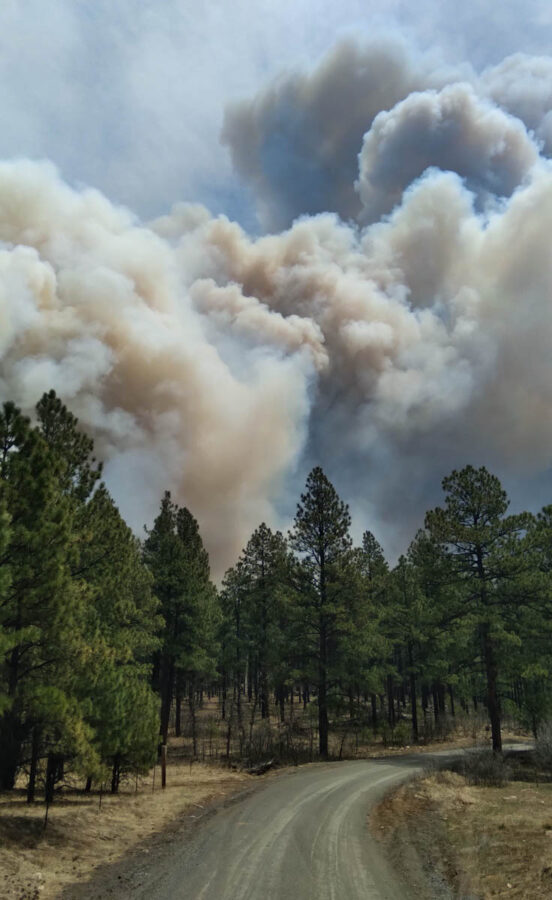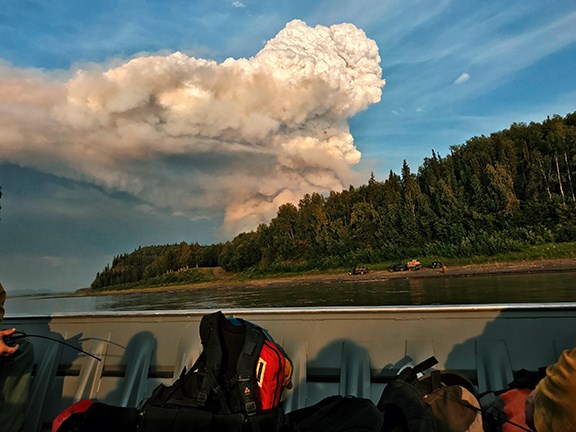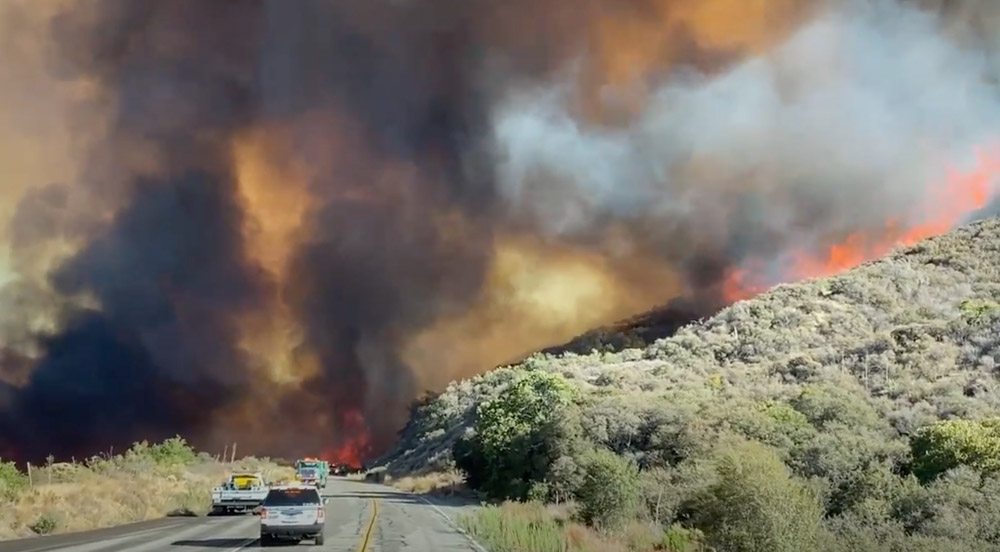
After the first meeting of the new 50-person Wildland Fire Mitigation and Management Commission in Utah, September 14-15, a few details were released about the meeting. Two of the three co-chairs attended virtually on both days, Interior Secretary Deb Haaland and Agriculture Secretary Tom Vilsack. Federal Emergency Management Administration Administrator Deanne Criswell was unable to attend and was represented by the Deputy Administrator Erik A. Hooks in person.
The group “Worked through operating protocols and developed a strategy for topical workgroups to address the full suite of issues the Commission is charged with as prescribed in the Bipartisan Infrastructure Law,” said Larry Moore, Communications Coordinator of the Office of Communications, US Department of Agriculture. “The meeting also included a presentation by subject matter experts on the National Cohesive Wildland Fire Management Strategy, which the commission is tasked with reviewing to make any recommendations to improve its effectiveness.”
The commission plans to meet monthly — usually virtually — over the course of the next year.
One of the deliverables required by the legislation within 45 days of the first meeting is an “inventory of surplus cargo and passenger aircraft and excess common-use aircraft parts that may be used for wildland firefighting purposes.” Mr. Moore said that information will be developed by the Department of Defense.
The Commission’s first report is due 90 days after the DOD aircraft report is received, and is required to “outline a strategy to meet aerial firefighting equipment needs through 2030 in the most cost-effective manner.” This is very tall order since the Aerial Firefighting Use and Effectiveness study spent about $13 million over nine years studying the use of firefighting aircraft and little meaningful information was released.
“AFUE was initially intended to eventually help answer questions about the size and composition of aviation assets needed by the USFS,” Tom Harbour, former USFS Director of Fire and Aviation told Fire Aviation last year.
The final public version of the report did not address those issues. Some may think the Forest Service is afraid to make the tough decisions, so they are being farmed out to an unpaid group of 50 outside the agency, most with little fire aviation expertise.
If the commission had access to the unreleased drafts of the AFUE report, which we have been told actually had worthwhile information, those would be incredibly helpful.
A third deliverable, due September 15, 2023, is for the Commission to “describe recommendations to prevent, mitigate, suppress, and manage wildland fires.”




